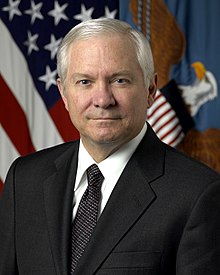
Williamsburg is an independent city in Virginia, United States. As of the 2020 census, it had a population of 15,425. Located on the Virginia Peninsula, Williamsburg is in the northern part of the Hampton Roads metropolitan area. It is bordered by James City County on the west and south and York County on the east.

The College of William & Mary in Virginia, is a public research university in Williamsburg, Virginia. Founded in 1693 under a royal charter issued by King William III and Queen Mary II, it is the second-oldest institution of higher education in the United States and the ninth-oldest in the English-speaking world. It is classified among "R2: Doctoral Universities – High Research Activity". In his 1985 book Public Ivies: A Guide to America's Best Public Undergraduate Colleges and Universities, Richard Moll included William & Mary as one of the original eight "Public Ivies". The university is also one of the original nine colonial colleges.
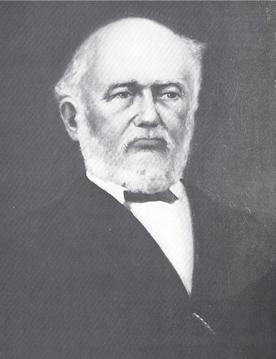
Benjamin Stoddert Ewell was a United States and Confederate army officer, civil engineer, and educator from James City County, Virginia. He graduated from the U.S. Military Academy at West Point, New York in 1832 and served as an officer and educator.

The Wren Building is the oldest building on the campus of the College of William & Mary in Williamsburg, Virginia. Along with the Brafferton and President's House, these buildings form the College's "Ancient Campus." With a construction history dating to 1695, it is the oldest academic building still standing in the United States and among the oldest buildings in Virginia. It was designated a National Historic Landmark in 1960.

James Blair was a Scottish-born clergyman in the Church of England. He was also a missionary and an educator, best known as the founder of the College of William & Mary in Williamsburg, Virginia.
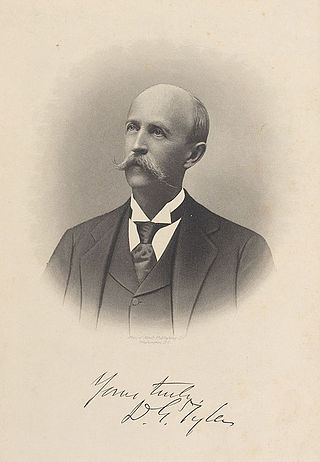
David Gardiner Tyler was an American politician and the ninth child and fourth son of John Tyler, the tenth president of the United States.
Hugh Blair Grigsby was an American lawyer, journalist, politician, planter and historian. In addition to representing Norfolk in the Virginia House of Delegates before the American Civil War, he served as the 16th Chancellor of the College of William & Mary from 1871 to 1881.
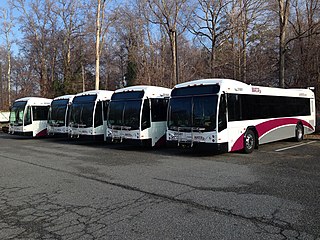
Williamsburg Area Transit Authority (WATA) is a multi-jurisdiction transportation agency providing transit bus and ADA Paratransit services in the City of Williamsburg, James City County, York County in the Historic Triangle area and Surry County, VA of the Virginia Peninsula subregion of Hampton Roads in southeastern Virginia.
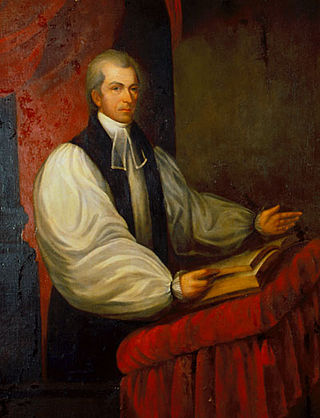
James Madison was the first bishop of the Diocese of Virginia of The Episcopal Church in the United States, one of the first bishops to be consecrated to the new church after the American Revolution. He also served as the eighth president of the College of William and Mary. In 1780, Madison was elected to the American Philosophical Society.
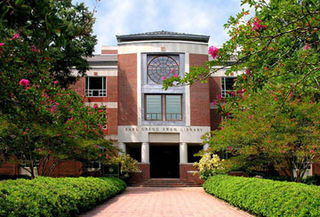
The Earl Gregg Swem Library is located on Landrum Drive at the College of William and Mary in Williamsburg, Virginia. The library is named for Earl Gregg Swem, College Librarian from 1920-1944. In 2008, the Princeton Review rated William & Mary's library system as the eighth best in the United States. The ranking was based on a survey of 120,000 students from 368 campuses nationwide.

Vernon Meredith Geddy Sr. was an attorney based in Williamsburg, Virginia. He attended the College of William and Mary and the University of Virginia, and served W&M as the head coach for the William & Mary Tribe men's basketball team for the 1918–19 season.
The Seven Society, Order of the Crown & Dagger is the longest continually active secret society of the College of William & Mary in Williamsburg, Virginia. The clandestine, yet altruistic group is said to consist of seven senior individuals, selected in their junior year. While, historically, graduating members formally announced their identities each spring, today's membership is steeped in mystery and is only revealed upon a member's death.

The history of the College of William & Mary can be traced back to a 1693 royal charter establishing "a perpetual College of Divinity, Philosophy, Languages, and the good arts and sciences" in the British Colony of Virginia. It fulfilled an early colonial vision dating back to 1618 to construct a university level program modeled after Cambridge and Oxford at Henricus. A plaque on the Wren Building, the college's first structure, ascribes the institution's origin to "the college proposed at Henrico." It was named for the reigning joint monarchs of Great Britain, King William III and Queen Mary II. The selection of the new college's location on high ground at the center ridge of the Virginia Peninsula at the tiny community of Middle Plantation is credited to its first President, Reverend Dr. James Blair, who was also the Commissary of the Bishop of London in Virginia. A few years later, the favorable location and resources of the new school helped Dr. Blair and a committee of 5 students influence the House of Burgesses and Governor Francis Nicholson to move the capital there from Jamestown. The following year, 1699, the town was renamed Williamsburg.

Beverley Dandridge Tucker was the second bishop of the Episcopal Diocese of Southern Virginia. Four of his sons also distinguished themselves within the Episcopal Church.

Julian Alvin Carroll Chandler, usually cited as J. A. C. Chandler, was an American historian, author and educator. He is best known as the 18th president of The College of William and Mary in Williamsburg, Virginia, where he served as the successor to retiring fellow educator and author Lyon Gardiner Tyler. Dr. Chandler is credited with transforming the institution from a small, struggling liberal arts college for men into a modern coeducational institution of higher learning.
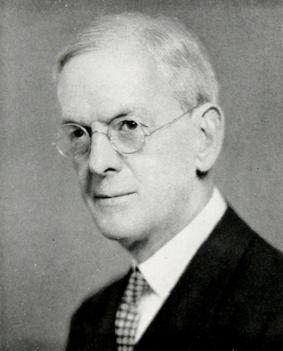
John Stewart Bryan was an American newspaper publisher, attorney, and college president. He was the nineteenth president of the College of William and Mary, serving from 1934 to 1942. He also served as the fourth American chancellor of the college from 1942 to 1944.
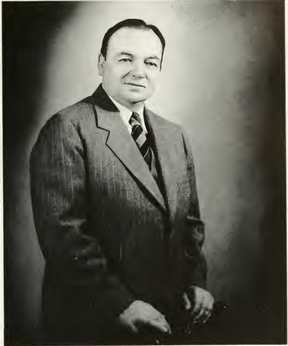
Alvin Duke Chandler was an American Navy officer and the twenty-first president of the College of William & Mary, serving from 1951 to 1960. He also served as the chancellor of The Colleges of William & Mary from 1960 to 1962; after that system was disbanded, he served as Chancellor of the College from 1962 to 1974. Prior to his career at the College of William & Mary, Chandler served in the United States Navy, eventually reaching the rank of vice-admiral. His father, Julian Alvin Carroll Chandler, also served as president of the College of William & Mary. His personal papers as well as the papers from his time as president can be found in the Special Collections Research Center at the College of William & Mary.
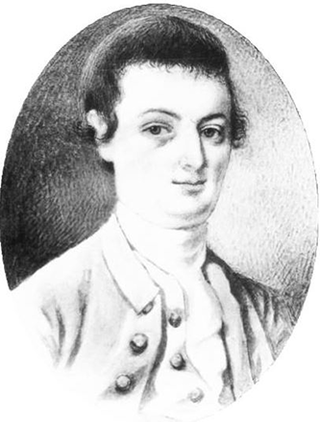
Joseph Prentis was a Virginia politician. He represented Williamsburg in the Virginia House of Delegates, and served as that body's Speaker from 1786 until 1788. From 1788 until his death, Prentis was a judge in the General Court of Virginia.
The Colleges of William & Mary was the name of a short-lived educational system in Virginia. It included The College of William & Mary, the Richmond Professional Institute, the Norfolk Division of the College of William & Mary, Christopher Newport College, and Richard Bland College.

The College of William & Mary has maintained a campus in what is now Williamsburg, Virginia, since 1693. The cornerstone of the Wren Building, then known as the College Building and the oldest surviving academic building in the United States, was laid in 1695. The college's 18th-century campus includes the College Building, the President's House, and Brafferton–all of which were constructed using slave labor. These buildings were altered and damaged during the succeeding centuries before receiving significant restorations by the Colonial Williamsburg program during the 1920s and 1930s.
